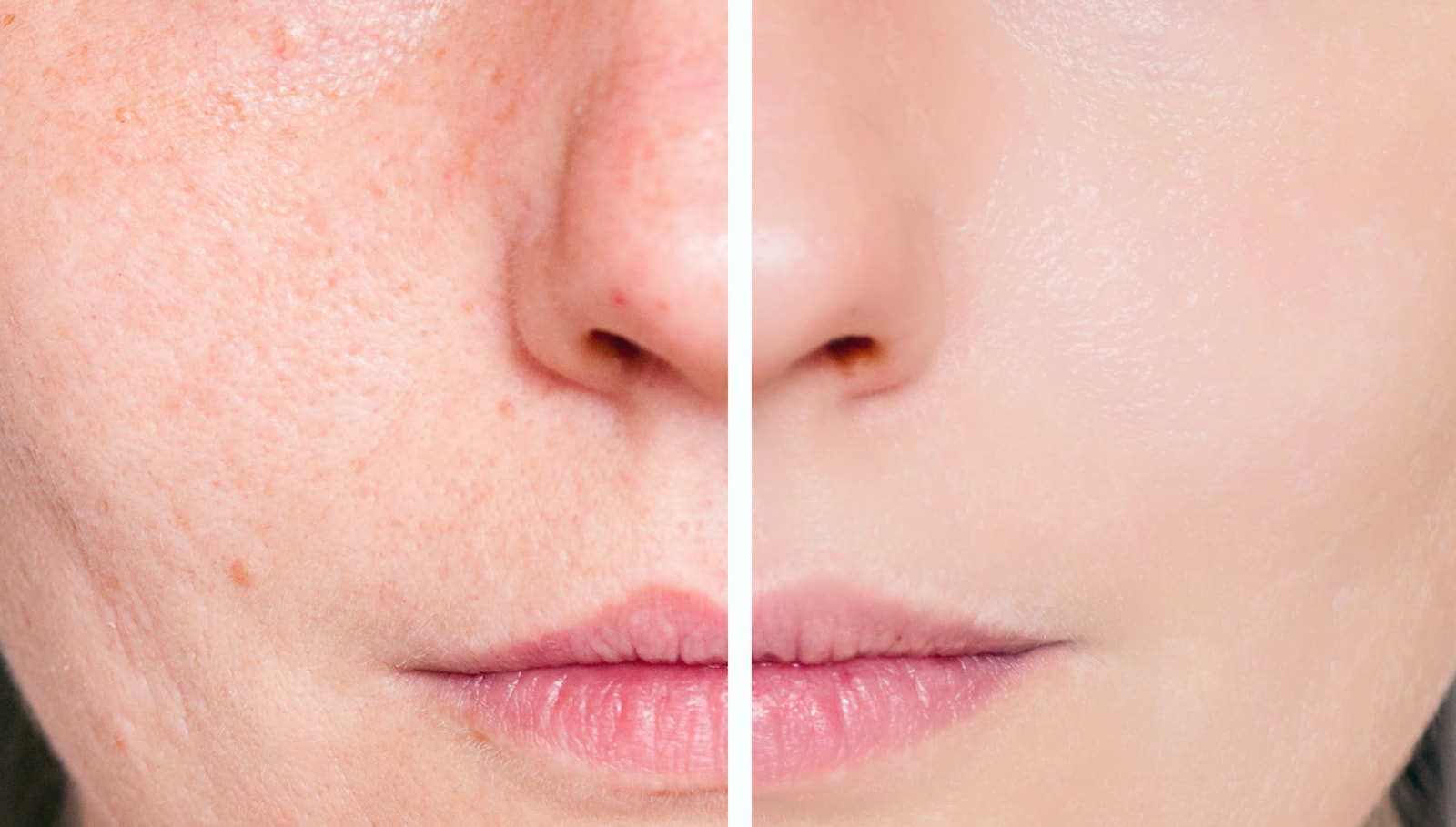Photodynamic therapy (PDT) uses a light source and a photosensitizing molecule (a drug that becomes activated by light exposure). A light-sensitizing liquid, cream, or intravenous drug is applied or administered. The next step is the incubation period which can last a few hours or days depending on the severity of the condition being treated. After incubation, the target tissues are exposed to a specific wavelength of light that activates the photosensitizing medication. The mechanism by which tissues are destroyed depends on the presence of activated oxygen molecules.




